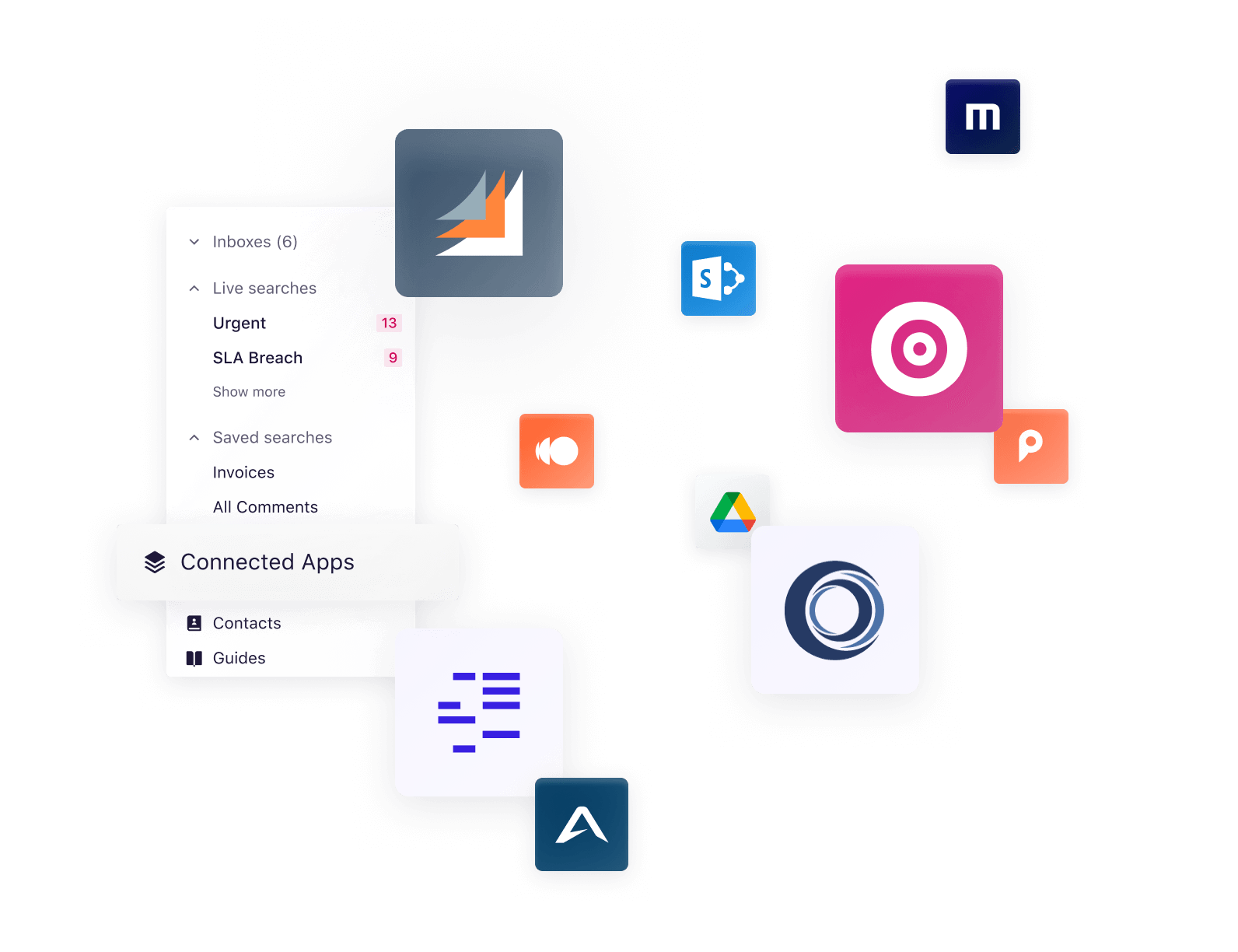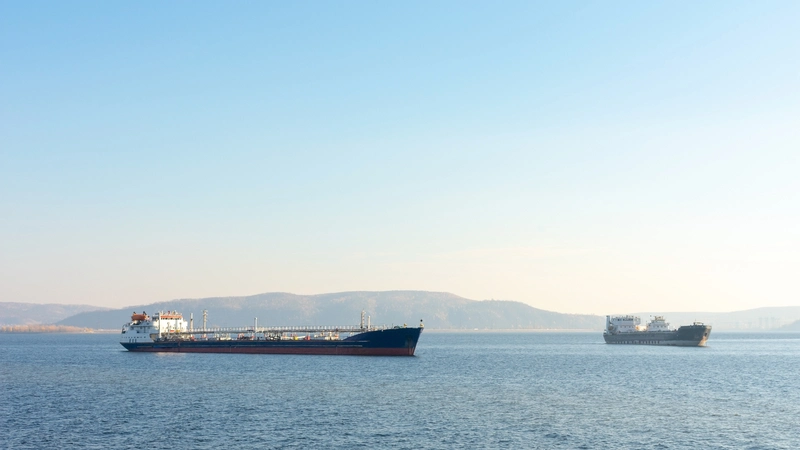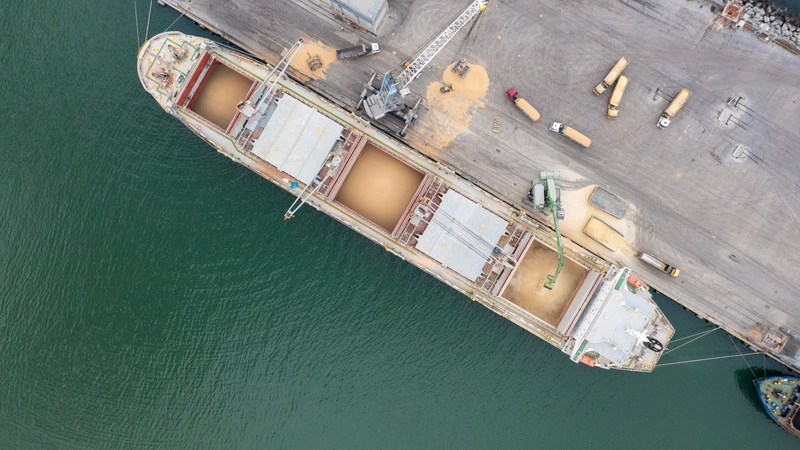Big data in the maritime industry: Use cases and challenges
Imagine harnessing large amounts of data to steer ships more efficiently, predict maintenance, and optimise routes. That's what the transformative power of big data analytics in shipping is all about. Think of it as your compass to navigate the vast ocean of information, uncovering ways to revolutionise how we approach maritime operations.
Big data is the new captain at the helm, from predicting weather patterns to optimising fuel consumption. Let’s explore the use cases and challenges of big data in the maritime industry.
Understanding the use of big data in the maritime industry
Big data refers to large datasets analysed computationally to reveal patterns, trends, and associations. In the context of the maritime sector, this means a vast and deep sea of facts, figures, and statistics from weather conditions to logistics — all crucial for operational performance and informed decision-making.
Big data in the maritime industry is not just about the volume of data but the valuable insights and actionable intelligence you derive from it.
Top sources of big data in maritime
Big data in the maritime sector is derived from key sources such as:
- Ship sensors provide real-time information on vessel performance and condition.
- Weather reports give updates on conditions that could impact sailing routes.
- Port information includes data about cargo, berthing schedules, and more.
This data optimises shipping routes when harnessed effectively, resulting in significant fuel savings and timely deliveries. It also enhances safety by predicting and avoiding hazardous conditions.
🚢 Learn how technology provides a competitive advantage in shipping and logistics.
Top use cases of big data analytics in maritime industry
The benefits of big data analytics in the maritime industry range from operational efficiency and cost savings to enhanced safety measures and environmental sustainability. Here's a closer look at how big data technologies transform the maritime sector:
1. Efficient route optimisation with big data
Shipping companies harness vast amounts of data to determine the most efficient paths for their vessels. By analysing historical and real-time information, such as weather patterns, ocean currents, and vessel speeds, big data algorithms predict the optimal route for a ship. The goal isn't just to find the shortest distance. It's a complex calculation considering fuel consumption, time efficiency, and safety.
2. Predictive maintenance for reduced downtime
Predictive analytics and artificial intelligence in the maritime industry employ advanced techniques to monitor and analyse information from sources such as sensors on ship equipment, maintenance logs, and environmental conditions. Nucleus Research reports that predictive maintenance initiatives, including those in the maritime sector, reduce downtime by 35% to 50%.
By aggregating and analysing data, predictive models identify patterns and anomalies that signal potential equipment failures. For instance, unusual vibrations, temperature fluctuations, or energy consumption spikes in a ship's engine might indicate an impending malfunction.
3. Enhancing security and compliance through data
Maritime companies detect and mitigate potential security threats by collecting and analysing data from ship sensors, navigation systems, and communication networks. For example, anomaly detection systems powered by big data analytics identify unusual patterns in ship-to-shore communications, indicating a cyberattack or system vulnerability.
The Automatic Identification System (AIS) enhances maritime security by providing detailed navigational data (ship name, course, speed) and monitoring ship movements with high frequency, equalling over 4,500 reports per minute, updated every 2 seconds.
💡 Learn why secure communications are key for maritime cybersecurity.
4. Time-saving through reduced email volumes
The implementation of big data analytics in the maritime industry significantly streamlines communication and email management. This is particularly beneficial in managing the high volume of emails typical in shipping operations.
Big data tools use sophisticated algorithms to analyse and categorise emails based on urgency, relevance, and context. This way, critical information is easily accessible, reducing the time staff spends sifting through their inboxes.
For instance, using the Sedna AI platform, Casper, a leading independent port agency, saves 37.5 hours per week by automating document processing. Casper’s Group Operations Director Alan Appleyard explains how Sedna’s intelligent data extraction saves Casper time and money.
Overcoming big data challenges in maritime
Navigating the vast sea of data in the maritime industry presents unique challenges:
1. Data volume and complexity
Dealing with data volume and complexity in the maritime industry involves the enormous amount of information generated from various operations, such as vessel tracking, cargo handling, and crew management. There are numerous formats and types of data sources, like ship sensor data, port transaction records, and weather tracking systems.
2. Real-time data processing and analysis
Making timely decisions based on current maritime data is crucial in scenarios like navigating treacherous weather or managing fleet logistics. The difficulty lies in rapidly processing and analysing all the data continuously generated by sources such as GPS systems, weather stations, and onboard sensors.
For example, consider a shipping company monitoring a fleet of vessels. Each ship constantly transmits data on location, speed, fuel consumption, and weather conditions. The company needs to process this data in real-time to optimise routes and ensure safety.
3. Integration with legacy systems
Many maritime operations rely on older technology not designed to integrate today's advanced data processing tools. This mismatch leads to significant hurdles in data utilisation and operational continuity. It ends up creating data silos, too.
Let's say a shipping company uses a decades-old system for tracking vessel movements, incompatible with the latest big data software for real-time advanced analytics. Merging these disparate systems requires custom solutions, like developing middleware for effective data processing.
The same can be said for communication tools. If you’re using a VMS solution but you’re unable to surface VMS data in your inbox, you’re missing out on the ability to make quicker decisions with more accuracy. The real benefit comes from an integrated maritime tech stack that reduces system fatigue and improves operational efficiency.
4. Data security and privacy
Ensuring data security and privacy is a twofold challenge: protecting sensitive information from external breaches and managing internal privacy concerns. A breach leads to severe financial and reputational damage for companies and, in some cases, even poses national security risks. In fact, the average cost of a maritime cyberattack has surged to USD 550,000, marking a 200% increase from 2022, according to a research report by Cyberowl.
Maritime companies address security issues by implementing:
- Advanced encryption methods to protect data in transit and at rest.
- Regular audits to identify and mitigate vulnerabilities.
- Strict access controls to ensure only authorised personnel access sensitive information.
5. Skilled personnel shortage
Despite the massive amount of data generated by shipping companies, extracting meaningful insights becomes challenging when you lack the necessary skilled personnel and analytical expertise. Untapped data leads to missed opportunities, preventing organisations from harnessing valuable insights that could drive efficiency improvements, informed decision-making, and strategic advancements.
6. Cost of big data infrastructure
Setting up a robust big data system entails significant investment, primarily in high-powered computing resources, sophisticated software for data analysis, and secure data storage solutions to handle the vast quantities generated daily. This setup includes data collection, processing hardware, advanced analytics, and visualisation software.
However, maritime companies, especially smaller ones, frequently face budget constraints, making it crucial to find cost-effective solutions. Cloud-based services, for example, offer scalability and reduced upfront costs as you don't need to build data centres.
Sedna: Your partner in big data optimisation
Navigating the complexities of communication flow, particularly while integrating big data in the maritime industry, requires the right technology solution. Stream, Sedna’s data-driven e-mail platform purpose-built for shipping and logistics operations, harnesses the power of big data analytics to categorise and prioritise your messages so you make the most out of your inbox.
Our platform integrates data from various sources — vessel tracking systems, port logs, and crew communications — and applies advanced algorithms to filter and sort this information. The result is a more organised and efficient communication flow, which is crucial for making timely decisions in shipping operations.
Interested in optimising your shipping operations with big data solutions? Request a demo with Sedna.
Latest resources
Driving faster action and insights from your core business system
Connected Apps integrate business-critical data hidden across your digital ecosystem. Make informed decisions without needing to switch contexts or systems.






